Many people imagine that tourism in Poland is impossible and that it is a backward and poor country, dominated by rust and smog in its cities, filled with gloom among its residents. However, they are astounded when they visit the vibrant main square in Kraków, the colorful Royal Road in Gdańsk, or the ancient civilization in Warsaw. With areas that seem to be stuck in a time warp, Poland today boasts a lively culture, appealing food and design, a dynamic history, and kind local residents.
Tourism in Poland has a long, fascinating, and sometimes tragic history, characterized by castles, royal palaces, picturesque old towns, and stunning landscapes.
From the Carpathian Mountains in the south to the Great Masurian Lakes in the north, Poland is the perfect destination for activity-filled vacations, offering opportunities for hiking, cycling, kayaking, as well as skiing in winter.
If you prefer urban enjoyment, vibrant cities like the capital Warsaw, the enchanting old capital Kraków, and the city of Łódź, which has experienced a revival of its industrial power in the 19th century, will meet your expectations. Each offers numerous cultural landmarks alongside delicious dining experiences and vibrant nightlife.
Given Poland's size and the numerous travel possibilities it offers, you are likely to have many questions. Here are some practical tips and guidelines to make the most of your first trip to Poland.
What is the best time for tourism in Poland?
There is no specific time of year that should be avoided when planning a trip to Poland. However, to enjoy beautiful weather and participate in summer festivals and events such as the Jewish Culture Festival in Kraków and the Summer Jazz Days in Warsaw, it is recommended to visit between May and early September.
During this period, towns and cities thrive with life as moderate temperatures encourage everyone to enjoy food and drinks outdoors. This season is also ideal for visiting Poland's 23 national parks.
The countryside showcases exceptional beauty in spring and autumn. Winter is the quietest season, except in ski resorts like Zakopane; during this time, you should be prepared to face very cold temperatures, snow, and heavy rain.
The advantages of traveling in Poland during the low season include lower hotel prices and the availability of excellent museums in major cities, providing a refuge from bad weather. From autumn to early spring, cultural institutions such as Teatr Wielki and Filharmonia Narodowa in Warsaw offer high-quality performances.
For visiting Poland, it is advisable to allocate at least two to three days to explore a city, whether Warsaw or Kraków. This duration may not be enough to see everything, but it will allow you to experience the city’s main attractions and explore key places.
Is Poland a member of the European Union?
Yes, which means that when you cross into the country from neighboring EU countries such as the Czech Republic, Germany, Lithuania, and Slovakia, there are no border controls. However, Poland uses its national currency, the złoty (zł, sometimes abbreviated as PLN). Most places accept card or electronic payments, but you may occasionally need to pay in cash, so it is advisable to keep some cash in your wallet.
Top Activities While Touring Poland
Here’s the English translation of your text about the main activities during tourism in Poland:
Visit Auschwitz
Auschwitz-Birkenau was a concentration camp used by the Nazis during World War II. Approximately 1.3 million people were sent there, of whom 1.1 million were killed. When the camp was liberated in 1945, only about 7,000 people remained, many of whom were in very poor health. The visit is haunting but not to be missed.
It is recommended to wear comfortable shoes due to the extensive walking. Photography is allowed, but it is important to remember that this is a solemn place. Entrance is free, but having a guide is a more enriching experience.
Discover Kraaków
Kraków is a student city and a popular tourist destination in Poland, known for its festive atmosphere. It's affordable and full of diverse activities. It's essential to visit the castle, the nearby salt mines, and the underground remnants. The Christmas market in December is a fantastic experience!
Visit Wrocław
Wrocław, one of the lesser-known destinations in Poland, features stunning architectural landmarks. This small city is beautiful, inexpensive, and not crowded. Explore the Racławice Panorama, depicting the Battle of Racławice during the Kosciuszko Uprising in the late 18th century.
Stroll in Białowieża National Park
Białowieża National Park, located on the border with Belarus, hosts the last remnants of Europe’s primeval forests. This UNESCO World Heritage Site and Biosphere Reserve is the last home of the European bison in the wild. The park is rich in biodiversity and covers an area of 105 square kilometers.
Visitors can enjoy long hikes and cycling among nature. Local cuisine includes meat dumplings (Pielmieni), sweet Mrowisko cake, and Zubr beer. The entrance fee is 16 Polish złoty, and the cost of a guide is around 250 złoty.
Explore Warsaw
Discover both the old and new cities of Warsaw, visit the castle, savor pierogi, and explore the city’s museums that highlight the history of the Warsaw Uprising and the plight of the Jewish population. Spend some time in Warsaw’s Old Town, a UNESCO World Heritage Site rich in history, art, and culture. Taste Polish dishes in “milk bars” and visit Hala Koszyki, a market hall with about 20 different restaurants.
Visit Gdańsk
One of the tourist cities in Poland, Gdańsk, formerly known as Danzig, is a beautiful coastal city located in northern Poland. Much of the city was rebuilt after the war, but there is still plenty of history to discover.
Take some time to stroll through the Old Town and explore the local markets and small artisan shops. Don’t miss visiting St. Mary’s Church, the towering Gothic church dating back to the 16th century, and the excellent World War II Museum located there.
Visit the Kalwaria Zebrzydowska Monastery
This Catholic monastery is located an hour from Kraków and dates back to the 17th century. Built in the Mannerist architectural style, it was declared a UNESCO World Heritage Site in 1999.
The monastery is surrounded by more than 5 kilometers of pilgrimage paths, along with 42 chapels and a main church that have been in use for over 400 years. Tours are free (though they must be booked in advance) and last about an hour. Donations are welcome.
Kraków City
Kraków, the former royal capital, is an amazing city with a harmonious blend of history and architecture. At its heart lies the vast Rynek Główny market square, the largest in medieval Europe, and the magnificent Wawel Royal Castle.
The former Jewish Kazimierz district boasts a vibrant nightlife, while the Nowa Huta industrial area reflects an intriguing history of communism.
Visit Warsaw Again
Warsaw was nearly rebuilt entirely after World War II. The Warsaw Rising Museum focuses strongly on the dark events of World War II, while the Museum of Warsaw documents the city’s rise, fall, and rebirth. The Wilanów Palace and its beautiful gardens are worth a visit, as is the POLIN Museum of the History of Polish Jews.
Toruń City
The Gothic city of Toruń, located on the Vistula River, remains a testament to time with its museums, churches, grand palaces, and squares. Enjoy pepper gingerbread at the Gingerbread Museum in Toruń, where you can also try making it yourself.
The Białowieża National Park, listed as a UNESCO site, contains some of the last remnants of primeval forests in Europe and is home to successfully reintroduced European bison. A guided visit when touring Poland is the best way to explore this stunning natural park.


.png?locale=en)











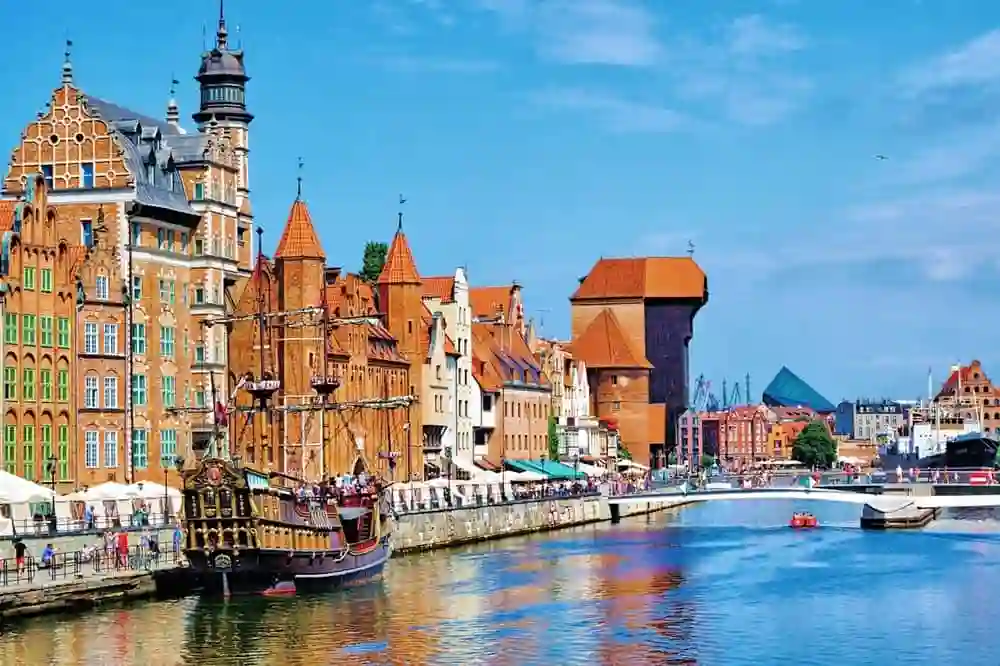

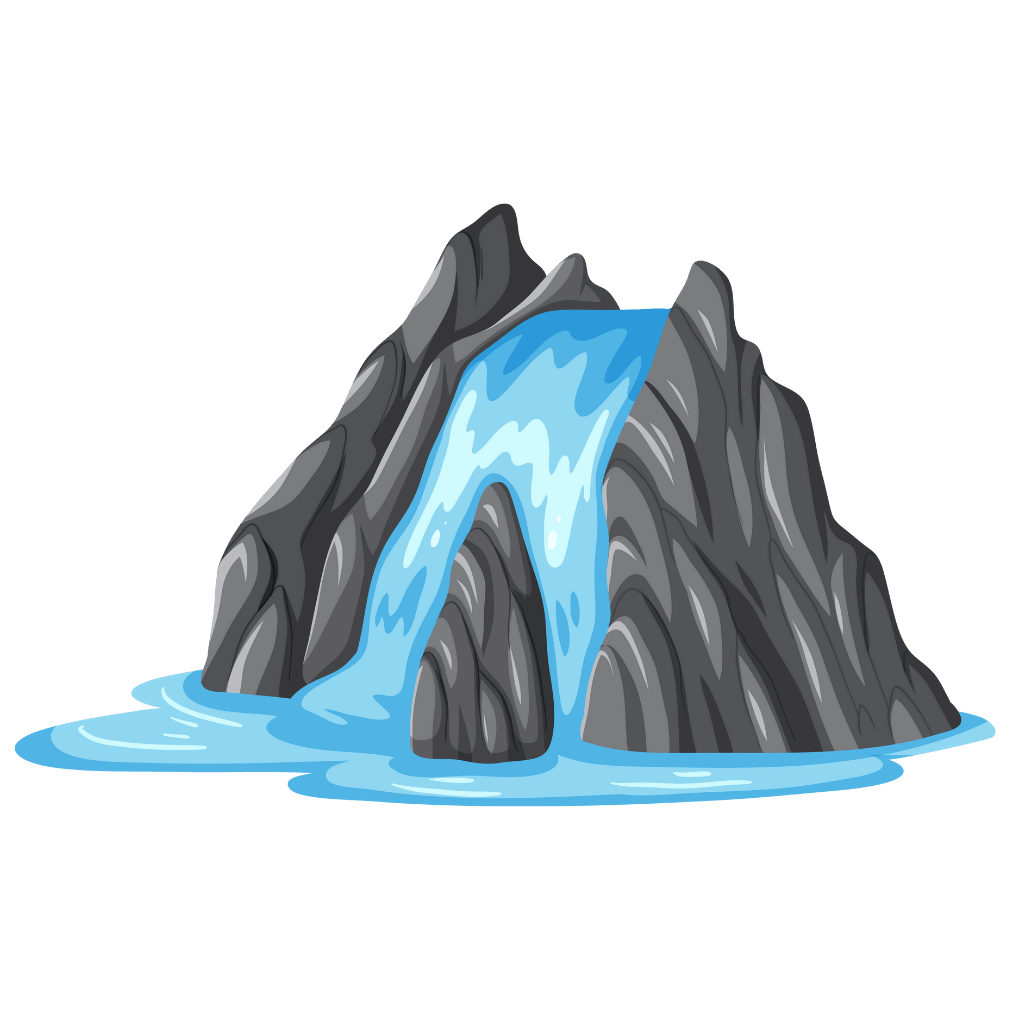
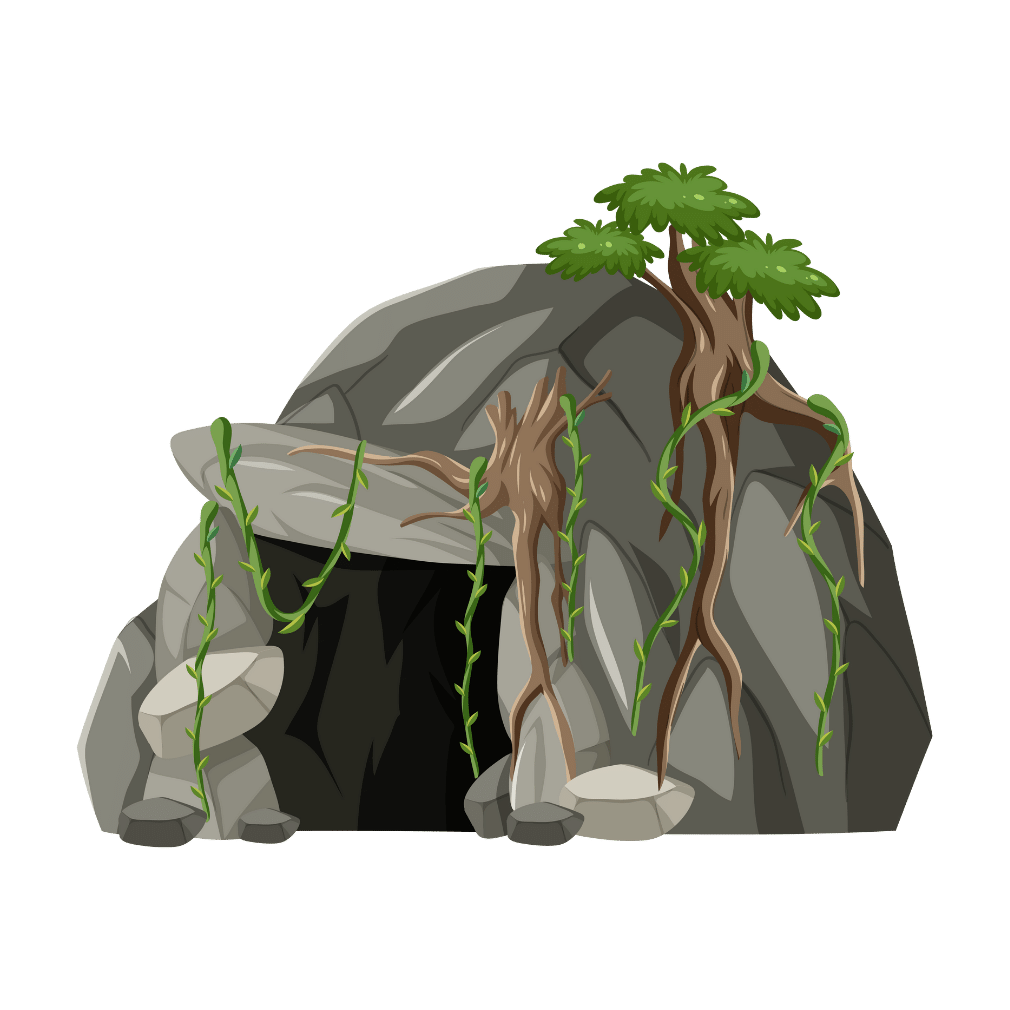
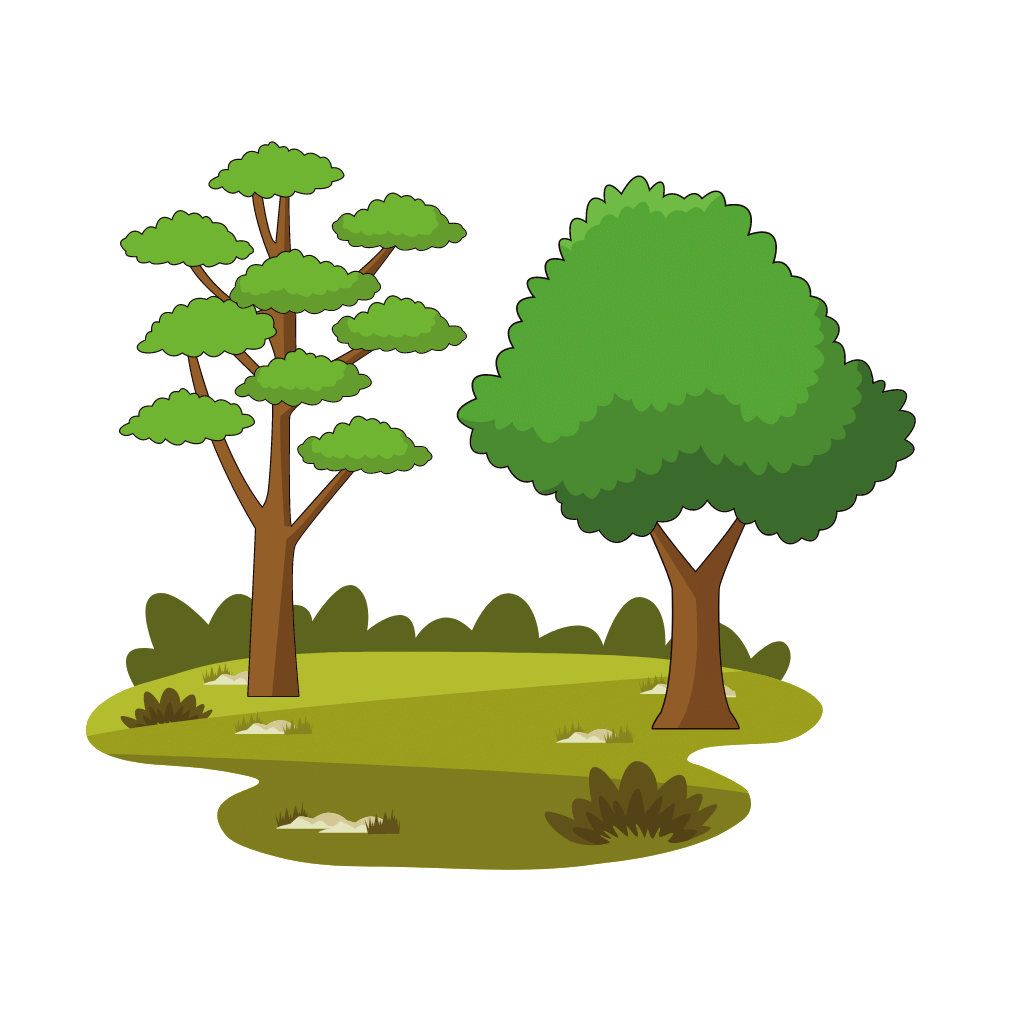

.png?locale=en)


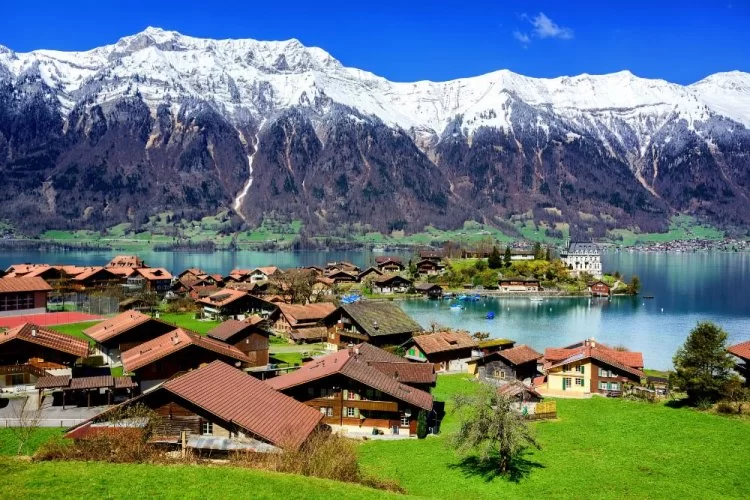
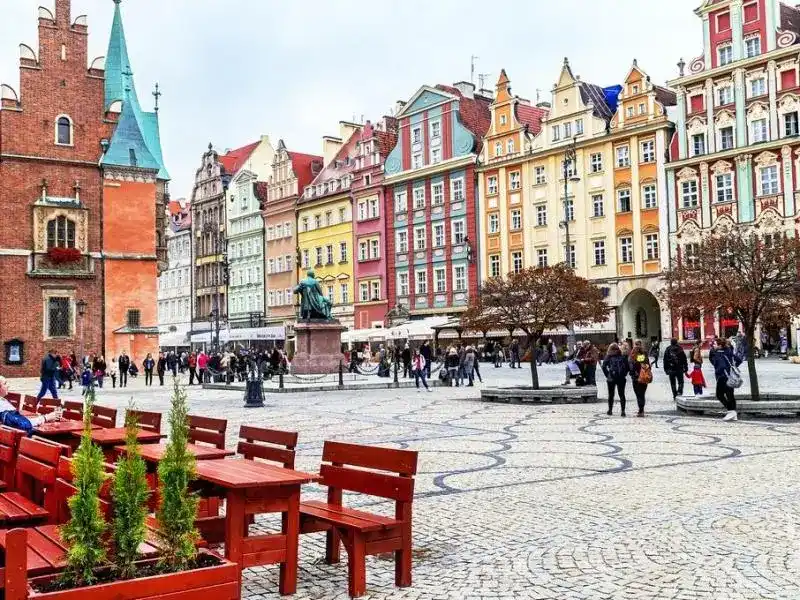.webp?locale=en)
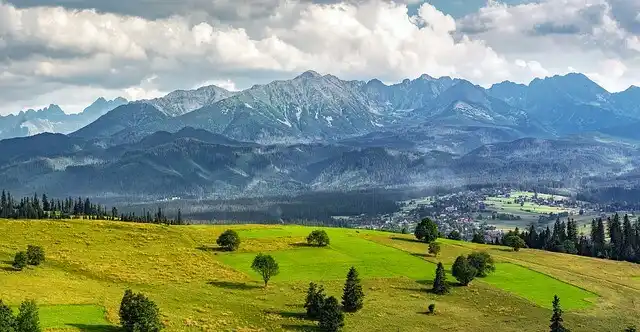.webp?locale=en)
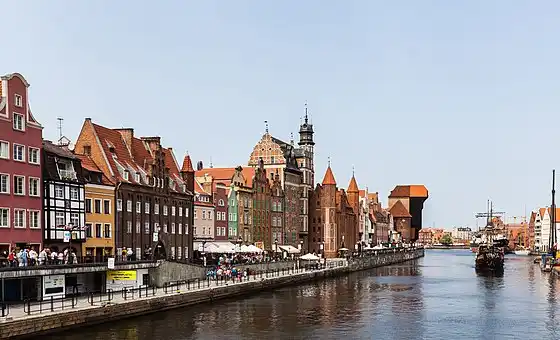.webp?locale=en)
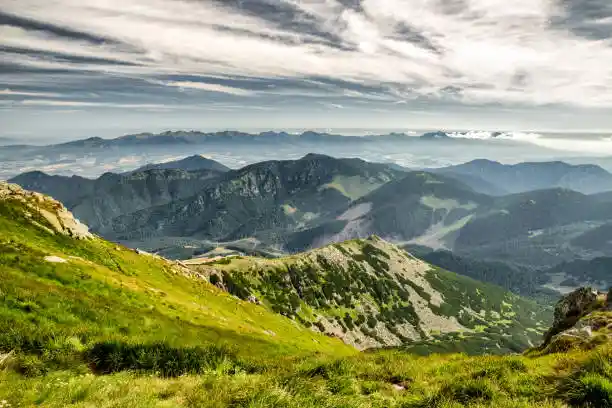.webp?locale=en)
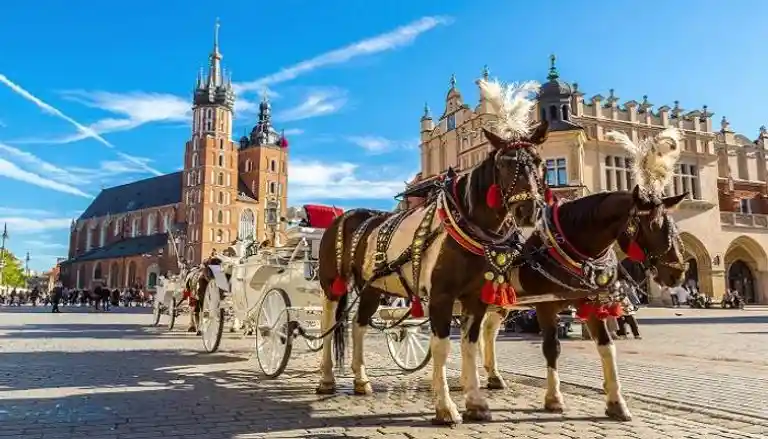.webp?locale=en)
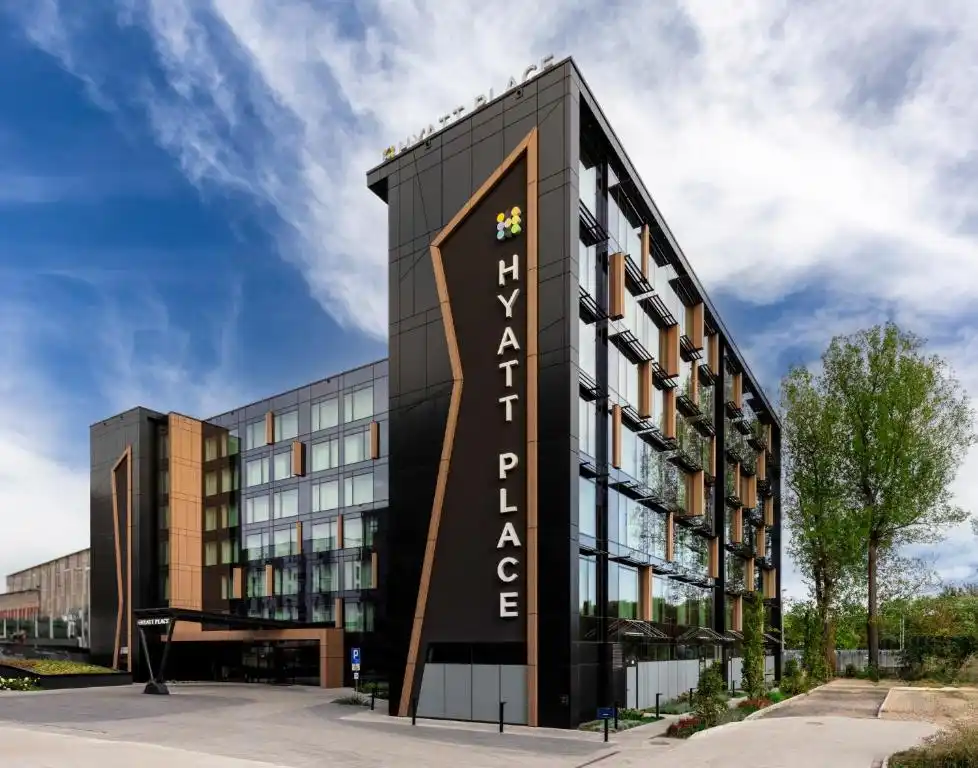
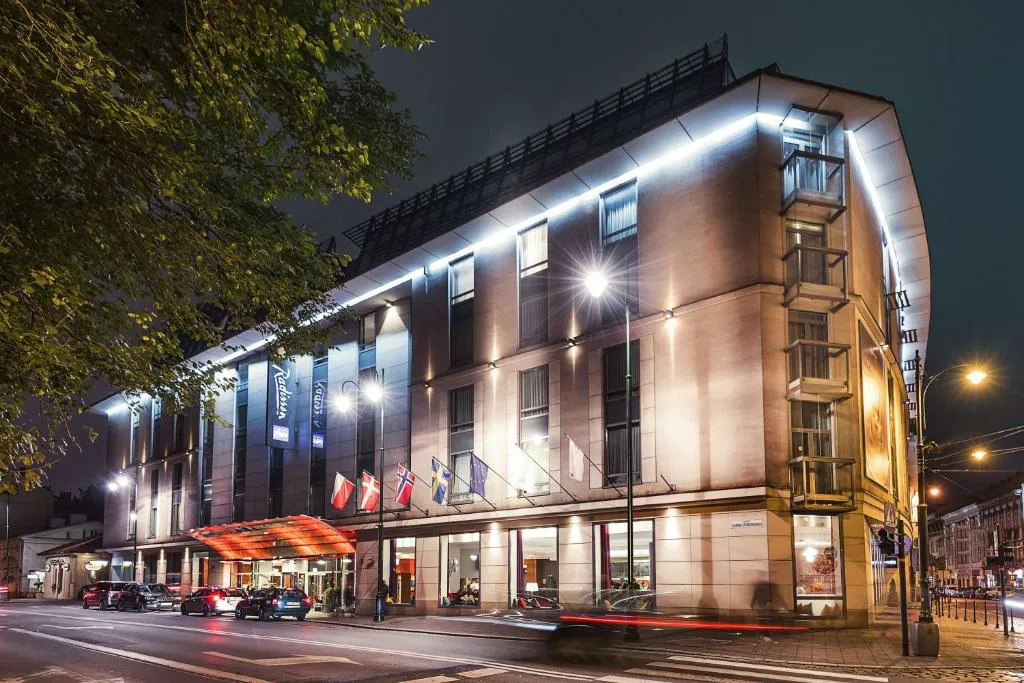
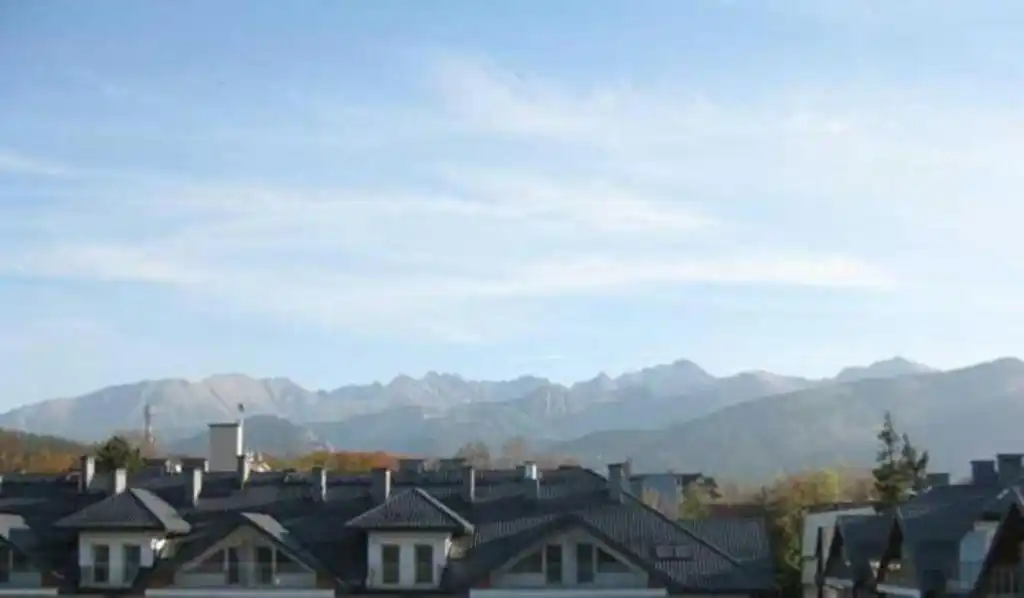.webp?locale=en)
